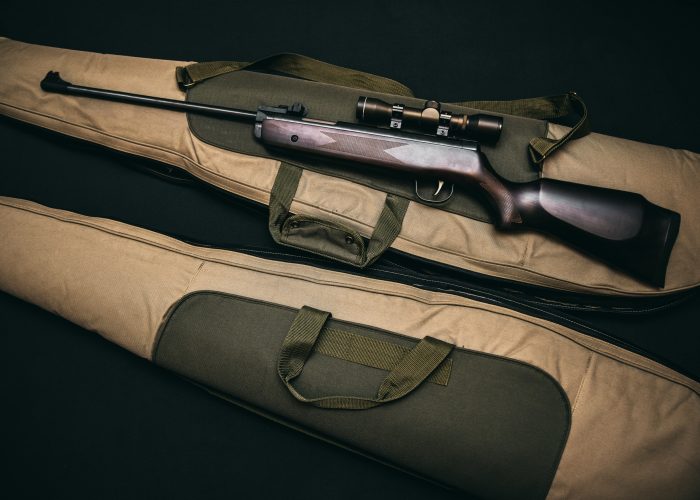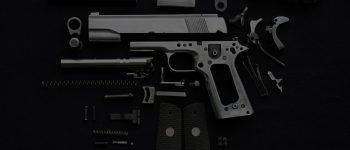Single & Double Stage Triggers
Whatever type of trigger you prefer, if you achieve safety, accuracy and enjoyment from your time behind your rifle, you have accomplished what you set out to achieve.
Skip Walters

The two most common rifle trigger types are single and double stage triggers. Each shooter has a preference which may depend on their past experiences on the firing line.
Military rifles such as the Mauser and the 1903 Springfield have double stage triggers. With a double stage, there is slack, creep or take-up when the trigger is initially moved rearward, and then resistance is felt. This resistance is the trigger pull force exerted by the trigger as it releases the sear to fire the gun.
This is desired in military and police weapons because extra distance is necessary to alert the shooter that firing the gun is imminent. An accidental or negligent discharge can cause a law enforcement officer to shoot a suspect and a soldier to alert an enemy to the soldier’s position. The double stage trigger is actually a safety device of sorts.
A single stage trigger is intended to release the sear and fire the gun as soon as the trigger finger touches the trigger and exerts enough pressure to fire. Ideally, there is no slack, creep or take-up or over travel. This means that the finger touches the trigger, exerts force enough to release the sear and at the point the sear is released, the trigger travels no further. Single stage triggers are much more complex and delicate devices and can be adjusted to an individual shooter’s preference. In a military application, these complex triggers can be a disadvantage in the field where battle conditions call for a more rugged and reliable trigger mechanism.
Most non-military target rifles use single stage triggers due to the precise nature of this type of trigger. However, there are those shooters that prefer the double stage type because of their military experience… or it could simply be a personal preference of the shooter.
Whatever type of trigger you prefer, if you achieve safety, accuracy and enjoyment from your time behind your rifle, you have accomplished what you set out to achieve.




